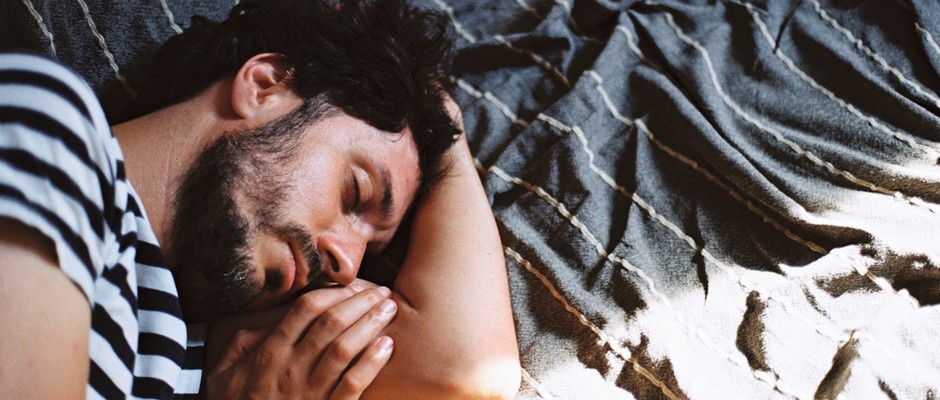
What is biphasic sleep? The shuteye phenomenon, explained by a sleep expert
Double the snooze, double the fun...?
Biphasic sleep refers to that which is taken in two phases within a 24-hour period. Examples of biphasic sleep include taking a nap during the day before sleeping again at night. Another example is of waking during the night for a period before falling asleep again.
In certain circumstances, biphasic sleep can offer advantages. For example, naps may be particularly beneficial for young children as they can support learning and development. Naps may also be useful for those who live in hot locations and might struggle to function during the midday heat. Napping more generally can increase our alertness and functioning, support the immune system and mental wellbeing and reduce stress.
Nonetheless, naps are not appreciated by everyone as they can sometimes lead to sleep inertia (a groggy state experienced upon waking). They can also make it more difficult to fall asleep at night, so are best avoided in those reporting insomnia.
When it comes to waking during the night, the historian Arthur Roger Ekirch discovered that before the Industrial Revolution, it was standard to have two sleeps (perhaps going to bed at 9pm or 10pm and waking after midnight for an hour or two, and then falling back to sleep until the morning). This too offered certain advantages, as it was possible to visit the toilet and attend to tasks during the night such as stoking the fire and brewing ale.
Read more:
- What happens when we let people sleep when they want to?
- What’s the best thing to do when you can’t sleep?
- Why do I always get an energy crash in the afternoon?
- Is it possible to be too tired to sleep?
Asked by: Mark Brady, Manchester
To submit your questions email us at questions@sciencefocus.com (don't forget to include your name and location)
Authors
Alice is a Professor of Psychology at Goldsmiths. She has contributed to several diverse research areas, including the longitudinal associations between sleep and psychopathology, behavioural genetics, sleep paralysis and exploding head syndrome. In addition to her scientific contributions she also excels in the public engagement of science. She has published two popular science book (Nodding Off, Bloomsbury, 2018 and Sleepy Pebble, Nobrow, 2019). She regularly contributes articles to the media and has had her work published in outlets including the Guardian, GQ UK, Sud Ouest, Slate Fr, Independent.
Sponsored Deals

May Half Price Sale
- Save up to 52% when you subscribe to BBC Science Focus Magazine.
- Risk - free offer! Cancel at any time when you subscribe via Direct Debit.
- FREE UK delivery.
- Stay up to date with the latest developments in the worlds of science and technology.




